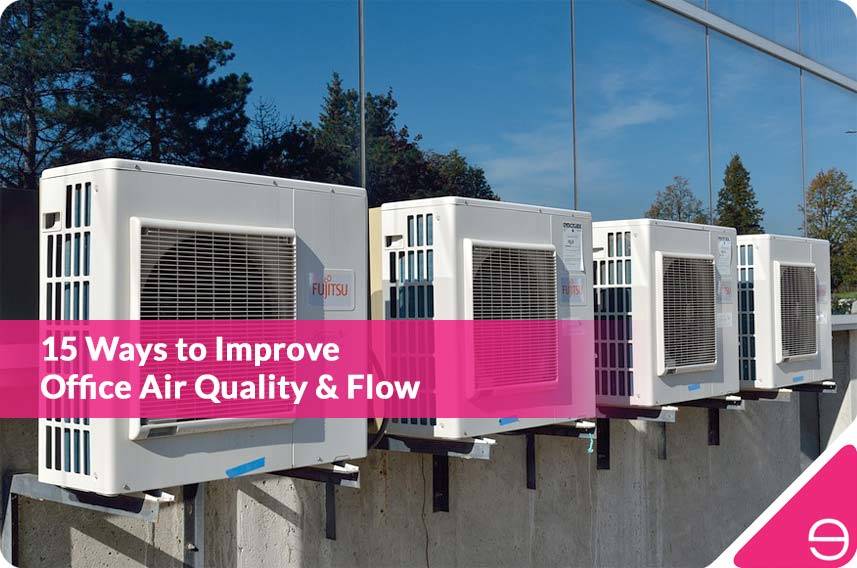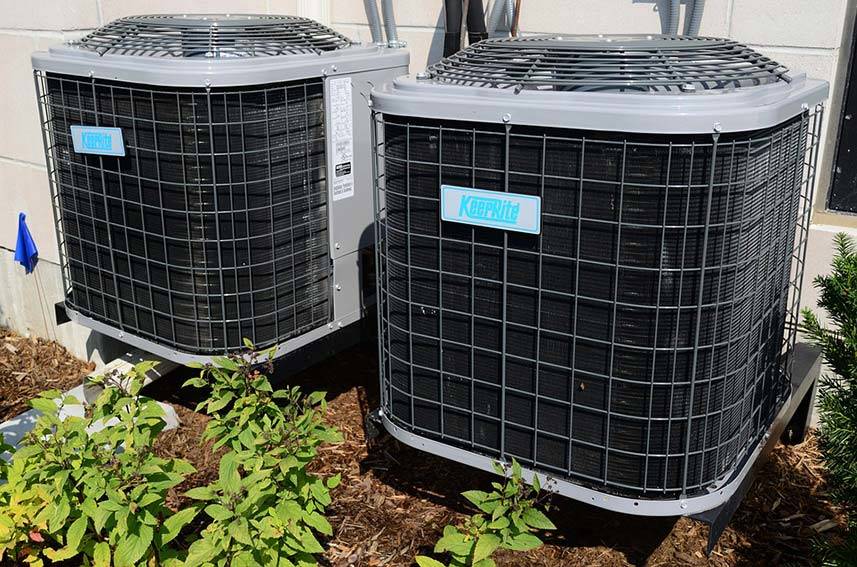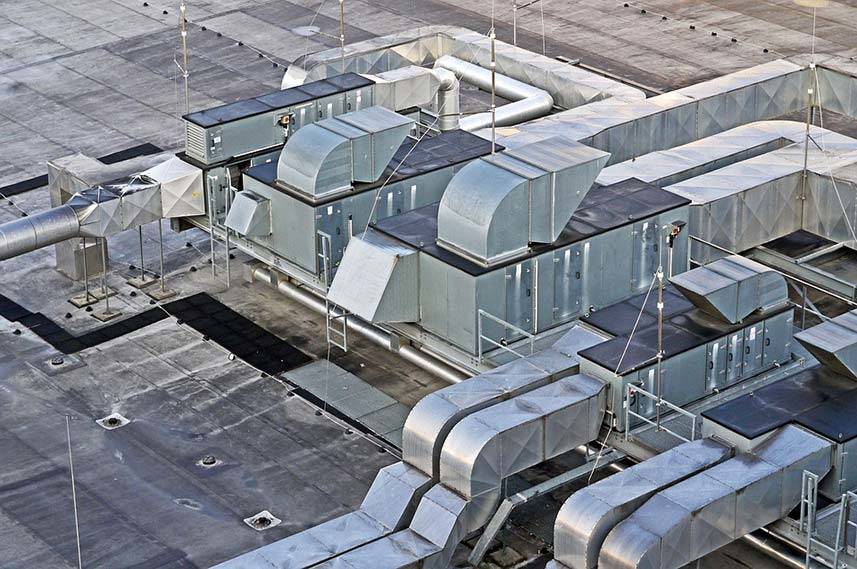Air quality and the ability for it to circulate around your office is of prime importance.
With airborne allergens and dust collecting in the air, it can cause issues with health and cleanliness. This can lead to employees regularly becoming ill.
Follow the strategies as outlined below to improve your work space air quality and circulation.
Read on to discover more or jump to a chapter by using the links listed below.
Chapters
- Check Ventilation Blockages
- Remove Debris from Condenser
- Regularly Change Filters
- Check Condition of Air Ducts
- Clean Coils
- Check for Fan Problems
- Check Freon Coolant Levels
- Check for Control Issues
- Check Unit Size
- Improved HVAC Design
- Maintain Humidity Levels
- Quickly Clean Up Spills
- Add Oxygenating Office Plants
- Open Windows
- Keep the Office Clean
1. Check Ventilation Blockages
It’s of vital importance for the airflow system of your building to run efficiently and smoothly.
This includes being sure there’s no blockages in your ventilation system.
Be sure that all vents and heating registers are not covered by furniture or are closed.
2. Remove Debris from Condenser
The external condenser must remain unobstructed by debris or any material that may cause problems with airflow in and out of the vents.
Prevent overheating and reduce strain on your A/C systems by removing items like debris, garbage, leaves and even plastic bags that may be blocking the unit.
3. Regularly Change Filters
If your air conditioning unit has old and dirty air filters, it will not be able to cool correctly, raising electrical costs and limiting the units efficiency.
Dust and debris naturally builds up in the ventilation system over time, so it’s imperative to clean or change the air filters regularly. Preferably every six months to no longer than a year.
4. Check Condition of Air Ducts
Poor cooling can often be down to leaks in the air ducting where cold air escapes.
It’s important to have your air ducts checked and cleaned on a regular basis to ensure maximum efficiency and remove any possible build up of mould or airborne pathogens.
Any holes or cracks that are discovered can be repaired, or new ducting can be installed.
5. Clean Coils
The condenser coil is a critical part of your airflow unit.
It must be cleaned regularly as debris, dust and grime can build up over time, which impacts it’s ability to transfer heat correctly.
If the coils aren’t managed properly, your system will struggle with the burden of circulating air leading to poor efficiency, increase bills and expensive repair bills caused by component failure.
6. Check for Fan Problems
It’s very common for fans and blower motors to become coated in dirt, debris, dust and grime over long periods of time. This will reduce their speed and performance.
A simple clean carried out under a regular maintenance contract will greatly reduce the chances of part failure and repair, or complete system failure and replacement
7. Check Freon Coolant Levels
When your A/C system is failing to produce cold air, one of the most common causes is low freon gas levels in the system.
If your office temperatures feel unusually warm all the time, have your coolant levels checked to ensure their sufficient gas left to create cold air.
Other causes could be a coolant leak where cold air is escaping through a faulty condenser.
8. Check for Control Issues
Be sure to check all thermostats and systems that regulate the temperature of your building.
They may need to be replaced or changed to maximise available air flow and temperatures.
9. Check Unit Size
An incorrectly sized air conditioning unit whether large or small, can produce poor quality air.
It’s not uncommon for some units to actually be too large for the area they are intended.
Having an oversized cooling unit can cause issues with comfort, as they fail to remove sufficient moisture from the air as they run for too short periods. This can lead to discomfort due to excess humidity remaining present.
10. Improved HVAC Design
In order to remove stuffy air and improve air circulation, you may have to reconfigure and reinstall new air duct system so they meet the demands of the office.
Some older systems may have been designed for different needs and could require updating to improve circulation for more modern A/C units.
11. Maintain Humidity Levels
When dehumidifiers and air conditioners are used, it’s a good idea to keep your buildings humidity levels between 30 and 50 percent to prevent mould, dust mites and allergens from developing.
12. Quickly Clean Up Spills
When liquids are spilled and left unattended, they can promote the build up of mildew, mould and allergens.
Cleaning up any spills quickly can dramatically reduce the chances of these problems from developing.
13. Add Oxygenating Office Plants
Try adding some naturally oxygenating plants that help to purify air and remove toxins. They’ll add a nice organic touch to the office and remove many unpleasant airborne pollutants.
There’s many to choose from including dracaenas, aloe vera, bamboo, snake plants, peace lilies and spider plants.
14. Open Windows
Where possible, fresh air should be used as it’s commonly known for its health benefits.
Opening windows and doors will pull in fresh air and circulate around the office environment, removing stale air.
15. Keep the Office Clean
Maintaining a clean office is vital to ensuring a fresh and healthy environment.
Tasks such as vacuuming, sanitising, dusting, clearing out clutter and disposing of waste should be done under a regular cleaning and maintenance schedule.
Hiring a professional cleaning company to clean your office daily is the quickest and simplest way to achieving this.




